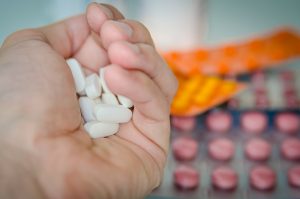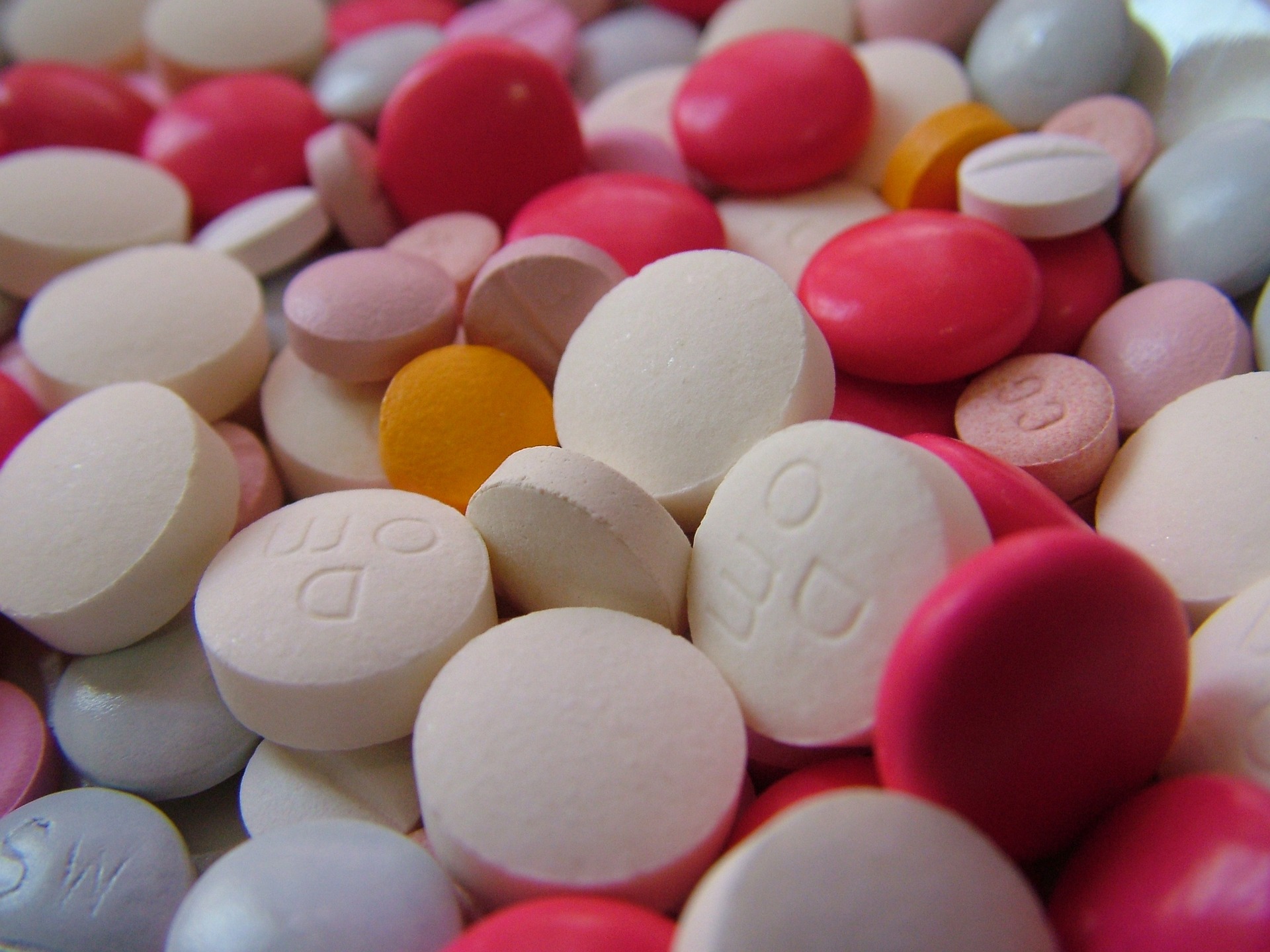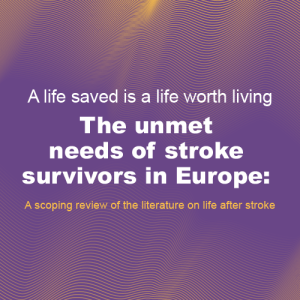The author of the article: Richard Smith, Chair of Patients Know Best and icddr,b (formerly International Centre for Diarrhoeal Disease Research, Bangladesh) and former editor of the BMJ.
Article published on: https://www.kingsfund.org.uk/
Cardiovascular disease accounts for just over a quarter of deaths (27 per cent) in Britain and costs the economy £15 billion a year, £11 billion of which are the costs of health care. Each year 41,000 people die prematurely (under 75) from cardiovascular disease. We know how to prevent half, and possibly three-quarters, of these deaths, but at the moment we are failing to do so.
The National Institute for Health and Care Excellence recommends that people who are at a 10 per cent risk of developing cardiovascular disease in the next 10 years should be treated with advice on lifestyle and, if necessary, drugs, similar to those with established disease. Most of these people do need drugs: yet most people don’t get them and don’t take them regularly even if they are prescribed.
The current system depends on doctors identifying those who have established disease or who are at risk of disease, measuring their blood pressure and lipids, advising them on lifestyle, prescribing all the necessary drugs, then regularly monitoring their blood pressure and lipids and adjusting drug doses accordingly. People need to go to the doctor, follow their advice, modify their lifestyles (which most fail to do), and take the drugs regularly for the rest of their lives.
 Unsurprisingly, the system doesn’t work well. Indeed, the ‘rule of halves’, which I learnt at medical school, still largely applies. It says that only half of patients who have a chronic disease (hypertension, diabetes, asthma, depression, etc) are diagnosed, only half of those diagnosed are treated, and only half of those treated are treated adequately. This means about an eighth of people who should be treated are treated adequately.
Unsurprisingly, the system doesn’t work well. Indeed, the ‘rule of halves’, which I learnt at medical school, still largely applies. It says that only half of patients who have a chronic disease (hypertension, diabetes, asthma, depression, etc) are diagnosed, only half of those diagnosed are treated, and only half of those treated are treated adequately. This means about an eighth of people who should be treated are treated adequately.
The idea behind the polypill emerged first in 2000 and is simple: you combine into one pill the drugs that are known to prevent cardiovascular disease. The drugs – a statin, drugs that reduce blood pressure, and possibly aspirin – work in different ways, which is why when combined they can be so powerful. Guidelines around the world are in agreement that people who have established cardiovascular disease should get all these drugs, but globally fewer than 10 per cent do.
A famous, even notorious, study in the BMJ in 2003 proposed a completely new system for preventing cardiovascular disease. Everybody at age 55 would be offered a polypill comprising a statin, three drugs to reduce blood pressure at half dose (giving 80 per cent of the benefit and only 10 per cent of the side effects), and aspirin. They would take this polypill once a day. People wouldn’t need to go to the doctor but would receive their drugs through the post after answering a questionnaire showing that they didn’t have side effects. If most people took up the offer, then about three-quarters of heart attacks and strokes would be prevented. Because the component drugs were off patent the polypill could be produced extremely cheaply, especially if it were taken on a huge scale: it might cost just a couple of pounds a month for each person.
The idea was too radical. It upset almost everybody. Public health doctors worried that people would simply take a pill rather than improve their lifestyle. Drug companies feared the destruction of lucrative markets. Doctors, who were effectively told that their model of ‘diagnose and treat’ didn’t work, insisted that it was essential to monitor patients and titrate drugs. Others objected to what they saw as mass medicalisation.
Despite the mostly hostile reaction in 2003, support for the polypill has steadily grown. The current and past two presidents of the World Heart Federation have all recommended use of the polypill in those with established cardiovascular disease – for three main reasons. First, we have increased evidence of the fact that most people who should be treated with four drugs are not. Second, several polypills are available, and studies have shown that they all have the same effect on blood pressure, lipids, and platelets as individual drugs. Third, studies in Britain, India, Australia, and New Zealand have shown that compared with ’usual care’ the polypill improves the proportion of people taking the treatment regularly from 50 per cent to 80 per cent.
The strategy of prescribing the polypill to those who do not have established disease but are at high risk is more controversial. Doctors say that they need evidence of a reduction in heart attacks, strokes, and deaths in these individuals. A large trial is currently under way in India, the Philippines, and other countries, but the results will not be available until 2020. There is an argument that as we know that a) the individual drugs will reduce heart attacks, strokes, and deaths and b) the polypill has the same effect on blood pressure and lipids as the individual drugs (plus improved behaviour in taking the drugs), it may not even be ethical to conduct a trial of the polypill against placebo in people at high risk.
It is not only attitudes that are affecting progress in getting the polypill widely used, there are also business and regulatory issues. However, a Spanish company, Ferrer, has now got a polypill with three components licensed for treatment of patients with established disease in 27 countries (most in Latin America but some in Europe).
Although the polypill is not licensed in Britain, I (a 64-year-old male Brit) have been taking one for eight years. I took it first because I was included in a trial and now I have it prescribed by a cardiologist. I don’t have established disease and don’t know either my blood pressure or lipids. I’m sent the polypills through the post once I complete a questionnaire showing I have no side effects. I don’t have to go the doctor, and if I did I wouldn’t (like many men) bother. The logic of me taking the polypill is that the risk factor that completely dominates all others is not gender, blood pressure, or smoking but age.
I am following the radical strategy advocated in the BMJ 2003 article, and if I – a former editor of the BMJ and a better informed patient than most – can follow it, why not offer the chance to everyone over 55?
Please read the rest of the article here.







